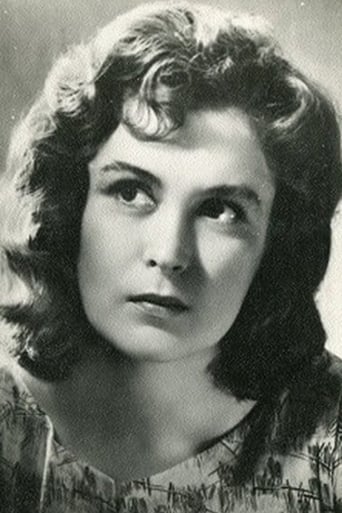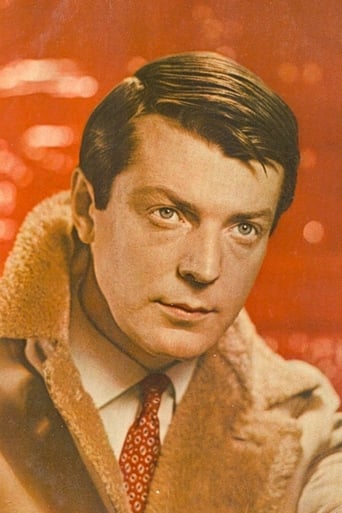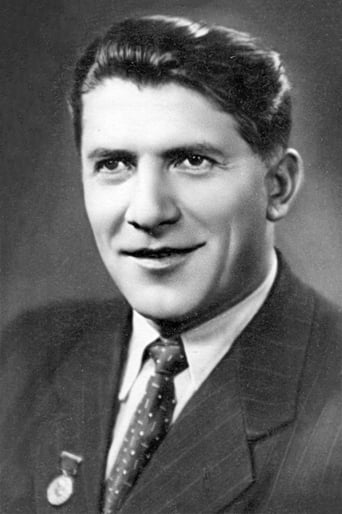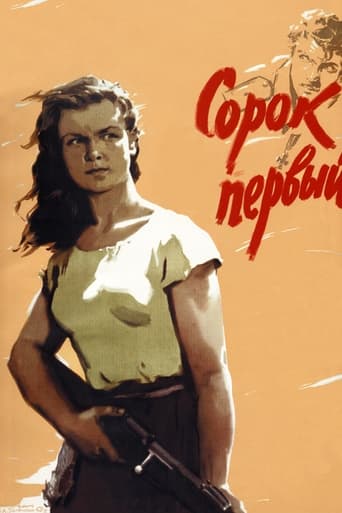
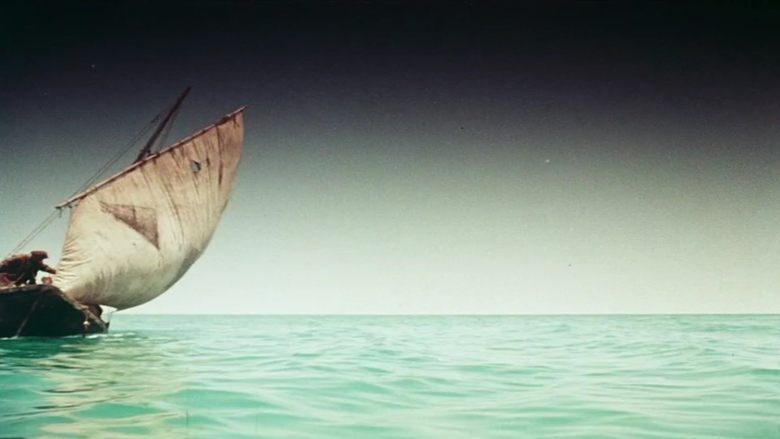
The Forty-First (1956)
An unexpected romance occurs for a female Red Army sniper and a White Army officer.
Watch Trailer
Cast


Reviews
Grigori Chukhrai's film, The Forty First, sets itself up to be understood as a mythic series of events; the opening scene's churning waves seem to take the viewer away to a different world and the narration sets the story in the post-Revolutionary Civil War. This narration gives the effect of a story being told, and the way the landscape is portrayed creates an unreal landscape. The colors always seem too saturated and the sky hangs close and heavy over the actors, giving the appearance of a fish bowl. Maryutka's inclusion in the plot attests to the Bolshevik ideal of gender equality, making a break with Stalinism's reinstatement of traditional gender roles; her being referred to as an "Amazon" enhances the mythic quality of the film. Chukhrai consciously constructs shots that juxtapose; the scene of Maryutka and the White Army lieutenant walking separate on the beach contrasts the two in space as they both walk in different points of the frame in different directions. The final scenes are obviously ideological: the dialogue is crafted as a metaphor for Tsarist Russia and Communist Russia, with the lieutenant (Tsarism) pleading Maryutka (Communism) to return to how they were before the fighting; the officer's dangling cross necklace is an ever-present symbol of Imperial Russia, designating that even when all visual indicators of partisanship are gone (as he and Maryutka's uniforms have been destroyed by the elements), there is still an irreconcilable difference present. The last scene illustrates the valuation of duty over emotions. Besides the smartly handled ideology, the visual effects are The Forty First's strengths. The color palette and the contrasts it creates are striking, and create a hazy, dreamlike world in which a legend is played out.
Taking place during the Russian Revolution this movie focuses on a female sniper, Maria Filatovna, who is fighting for the Red Army and Vadim Govorkha, who is fighting for the White Army. As the movie progresses they eventually form a deeper relationship when they are stranded on an isolated island after their boat is capsized in a sudden storm on their way to the Red Army headquarters. However, this changes when at the end of the movie a boat approaches their island carrying White soldiers. As Vadim goes to rejoin them Maria shoots him in the back, and finally claims her forty-first kill.The ending of this movie was surprising, but overall not unexpected. This film is obviously propaganda and there is not much that hides that fact. There are many shots within this film that speak to this fact, one of them being the opening shot in which the soldiers faces are indistinguishable from each other as they traverse through the desert, which helps emphasize the unity of the Red Army troops. The portrayal of both the Red and White Armies also emphasizes the propaganda element of the film. The Whites are portrayed as the classical bourgeois oppressors that care only for themselves, while the Reds are portrayed as the underdogs who are fighting for the people. The wide sweeping shots of the desert establish the difficulties that the Red Army is fighting against, not just in the form of the environment, but in the form of the ideals as well. However, the most dramatic scene that speaks to this being propaganda is the choice Maria makes at the end of the film. When Maria shoots Vadim in the back at the end of the film it is obvious that she does this because of her loyalty to the Red Army and their ideals. The fact that Maria chooses her duty over her love for Vadim reiterates the overall tone of the film. This movie is a very good war film and the romance of Maria and Vadim makes it even more enjoyable.
wise use of close-up.wonderful images. pure poetry. a special vision about war and love. all of that makes it more than propaganda tool but an impressive expression of profound art. it is a film about values and beauty, choices and ideals. realistic, cruel, full of subtle symbols - the desert, the isle -, mark of a great director and science of nuances from two impressive actors. the story is only basic point for respect the ideological commands. but the skin of this nucleus has the rare virtue to make it more than piece of a period. the final dialog between lovers , the end, the boat in storm and near the isle, each is a precious ingredient for an universal message about duty and choices, far to basic triumphal message of regime.
Quite a filmmaker this Chukhrai was. Not much available from him, but I am happy to have seen two of his movies. "The Forty-first" perhaps wasn't as great as the wonderful "Ballad of a Soldier", but this is still quite an interesting film. Both of these films are war films, but contrary to what one might expect these films are told in a rather romantic, light-hearted, Hollywood style. Both films do have tragic elements which present themselves as the films progress, but they are largely rather light and enjoyable, even charming romance pictures of loved ones being torn apart and doomed by war. This story was started here with "The Forty-first" and would be perfected in "Ballad of a Soldier".The script isn't particularly strong here, but where this film really stands out is in its visuals. An utterly stunning visual work from Chukhrai. I'm not sure I have seen a color film look like this one before! You have to see it to understand. Additionally, it's just constantly a visually dynamic film in Chukhrai's camera-movement and use of close-ups. The film is at the very least continually visually interesting and at its peak just stunning to look at. There's a really rich, dreamy atmosphere that develops by the end of the movie, and it makes for a quite unique viewing experience.The ending is both quite outlandish but also tragic. Not too sure what to completely make of it. Then again, this was never a film which really strived for any kind of realism, so its over the top nature isn't too jarring with the rest. Actually, the more I think about it, the more I like it.


